Artrageous
Ateneo Art Gallery teams up with YStyle to present the artists nominated for the 2015 Ateneo Art Awards.
MANILA, Philippines - Ahead of the 2015 Ateneo Art Awards exhibit at the East Wing of the Shangri-La Plaza Mall on Sept. 11 to 21 and its awards ceremony on Sept. 17 at the mall’s Grand Atrium, we’re putting not just a face to the names and works of the 11 artists nominated for the Fernando Zobel Prizes for Visual Art. If art’s purpose is to ask questions, we turn the tables and get to know a bit about this year’s nominees as well as their shortlisted work. The Ateneo Art Awards, now in its 12th year, has become an arbiter of the Philippine arts scene, and recipients of the Fernando Zobel Prizes for Visual Art have proven their mettle in advancing what Philippine contemporary art can be. Meet this year’s roster, featuring faces old and new.
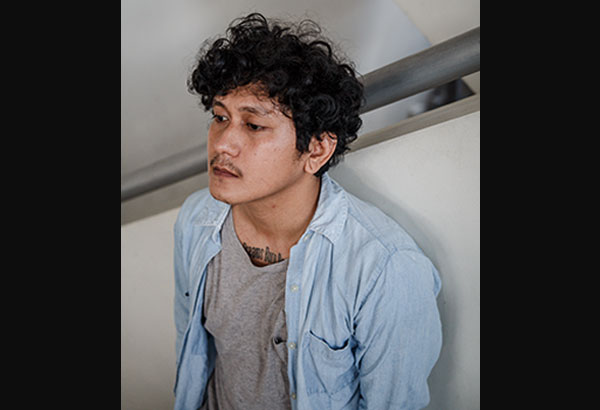
Charles Buenconsejo
"Unending Void" at ArtInformal
YSTYLE: What’s your favorite time of the day and why?
I don’t have any favorite time of the day. They’re all the same to me because days are just thoughts.
Was there a rhyme or reason to how you edited and synced the videos in “Unending Void?”
To be honest, it was not my original intention to make the videos synchronized. I was just playing with time while I was in the process of doing it, until it had an algorithmic pattern. It was based on the idea of simplicity to complexity. The video shows that potentiality is chaos.
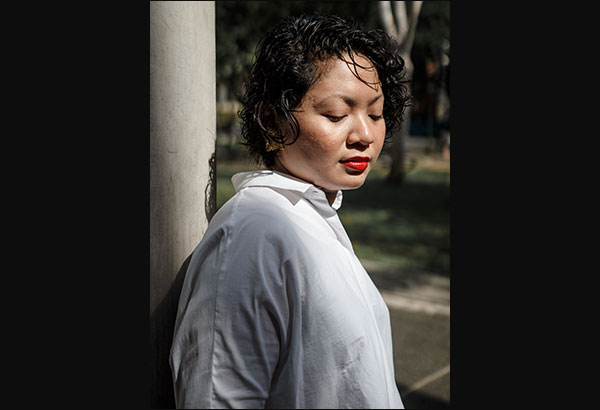
Lui Medina
"Lui Medina" at ArtInformal
How and when did your fascination with geological forms begin?
It came from my interest in the idea of landscape, something that has been a focus of my practice for quite a while now.
Probing the aerial photographs of Antarctica’s landscape and translating it into your work, is there a particular piece or a part of that piece from your shortlisted solo show “Lui Medina” that you’d like the viewer to take a closer look at?
Not particularly, though the thinking process behind the works and how they interconnect with each other and jump off/ evolve from my previous work is quite important.
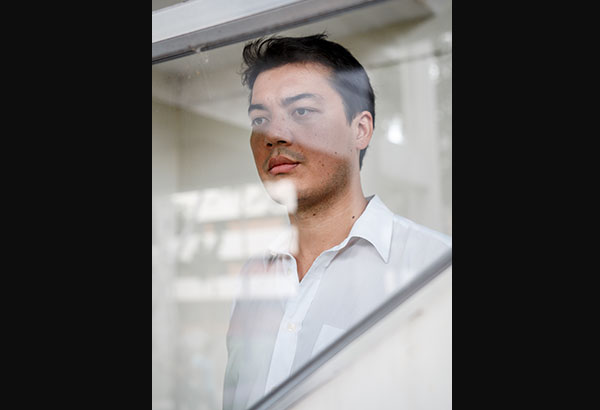
Frank Callaghan
"Dead Ends" at Silverlens Galleries
Does anything interesting happen when you take pictures at night?
Once in a while you see some strange things, but 99 percent of the time I don’t meet or talk to anyone. I seek out quiet, empty spaces where I can be alone and work in peace. The most interesting moment is when something new emerges from formlessness.
Is there really such a thing as a dead end?
Yes and no. I believe one can definitely reach a blockage where one can go no further. A street can end in a wall. A train of thought can come to an end. But at the same time, it is what one does when confronted with such an experience that is important. One can accept the limitation, the reality of the dead end, or one cannot. One can attempt to extend the boundaries, circumvent them, deny them or transcend them.
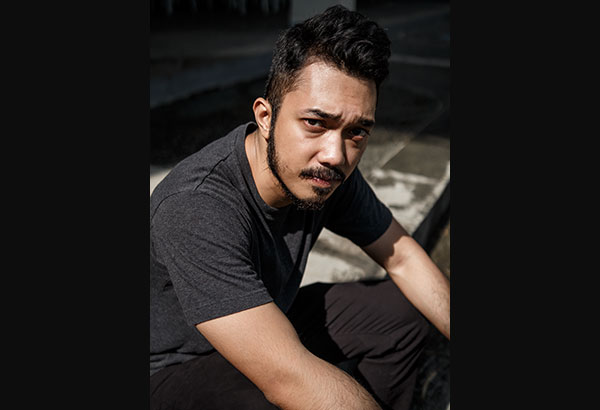
Luis Santos
"Measuring Distances" at Silverlens Galleries
Hyper-realistic depictions are a notable quality in your past work but in “Measuring Distances” you experimented with washed out finishes and distorted imagery—why these?
Those works still exist in the exhibition. I tried to expand from the ideas of my previous works. I also experimented with different processes and mediums for this show.
Do you think you are the same person as you were last year?
I dont know.

Ryan Villamael
"Isles" at Silverlens Galleries
What was it like completing Isles? Given its meticulousness, did it feel like time was flying by or was this particularly more laborious?
I don’t really consider "Isles" as a project that had to be completed or just a concept for a particular exhibition. It was a change in perspective for me as an artist and a person, visually translating the things I see and feel—my personal history, my interior life—through the work I do. It was a process that started a few years ago, that eventually grew into “Isles” and that has since grown into different things.
Name two destinations: one you’ve been to that influenced the way you see the world now and one you hope to go to and why?
Going to Paris for an exhibition was surreal. I felt humbled to see the great works of art. It made me question my practice and made me think bigger. I’d love to see the rest of Southeast Asia, to understand our context better.
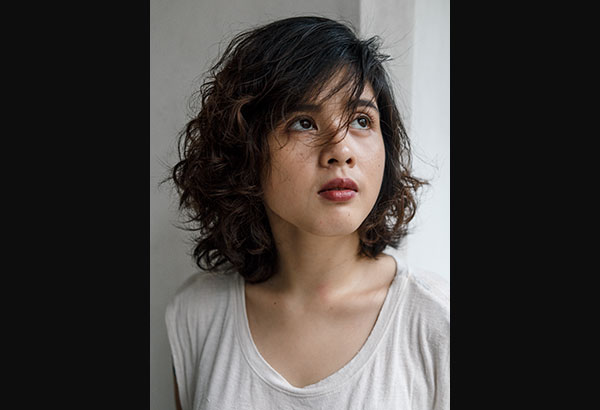
Veronica Pee
"Pocket Universe" at ArtInformal
How did your interest in microscopic beings begin?
Science was my favorite subject in school, and scientific images have always interested me. A lot of my past works (crochets, drawings, sculptures) resemble what could be seen in nature and under the microscope—repetitive imagery which is stuck in my head like last song syndrome. These creatures are like aliens or cosmic beings, and I get so drawn in by their own little universe under the microscope. The tiniest details amaze me!
While working on the tiny, detailed sculptures of “Pocket Universe,” did you learn anything new about them?
I learned more about the material I was using, oven-baked polymer clay on eggshells. I have been experimenting with the material a few years back, and it was the first time I used it for a show.

Ian Carlo Jaucian
"In the Year 2000" at Silverlens Galleries
You are trained in visual arts. When and how did you see its relationship with science?
About a decade ago in college I realized how art can be a powerful conduit to express, illustrate and comment on any other discipline or anything that resists categorization. It just happened that a lot of my interests outside of art ever since I was a kid were in the realm of science so it was only natural for me to end up playing with it for my art practice. I must note that not all of my art is based on science. All my works are a reflection of my interests and life experiences, and I just happen to love science. In a Venn diagram of art and science, the intersection of the two sets is wonder.
What’s the most indispensable item in your studio?
My recycle bin.
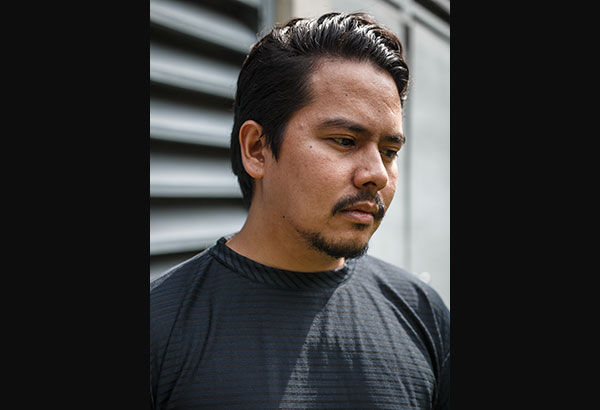
Derek Tumala
"Sacred Geometry" at The Drawing Room
How did the concept behind “Sacred Geometry” come about, and what was it like fleshing it out?
From my fascination with science, technology, and geography, “Sacred Geometry,” as a study of drawing geometry from nature, such as the Fibonacci sequence, has inspired me to draw my own geometry from nature’s intangibles, such as water and dust. I’m awestruck by the reflection created by crystals and geodes when lit, which led me to recreate that effect with video mapping. Mixing sculpture and video became a mesmerizing intersection from which the sculpture became venerated, as if some form of energy flowed into it. The animations I created are of lines and shapes, that, when repeated, have the complex image of energy glowing through the geode.
Do you have for yourself a “sacred” space, and what makes it so special?
I consider my workspace as my own sacred space wherein I’m able to meditate on my work. I consider places wherein I feel at peace as sacred, too, like places I traveled to.
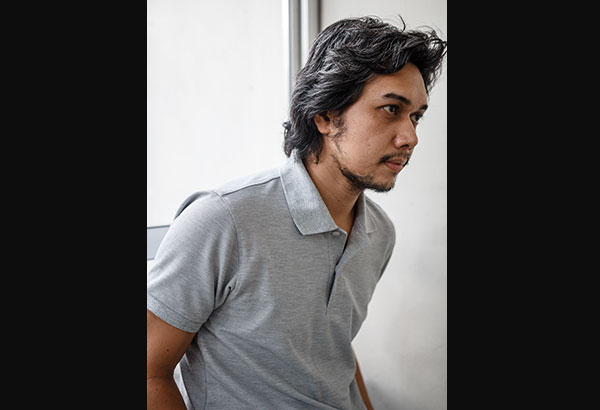
Buen Calubayan
“Eternal Landscape” at the Ayala Museum
The medium was part of the message in “Eternal Landscape.” What was the process behind it?
The process is to learn to see the bigger picture by referencing a real landscape and locating myself in it by knowing my role in the community. This was translated by choosing an entire roll of tissue paper as a platform to draw a long landscape by pencil and charcoal. The key in understanding this is to allow the materials to fade and deteriorate through time because it will give us a better perspective on the nature and economy of things.
Why must we always ask questions?
We must ask the right questions in order to challenge everything: the truth, history, science, and God. We must learn to doubt and to continue searching for answers—and then more questions. Ultimately, this has to guide us in our everyday practical use and not just asking questions for its own sake.
Also in the running for this year’s Fernando Zobel Prizes for Visual Art but unable to join us for this shoot are Pio Abad for "The Collection of Jane Ryan and William Saunders," a solo exhibition at Jorge B. Vargas Museum and Filipiniana Research Center and Maria Taniguchi for her “Untitled” works, shown at the Museum of Contemporary Art, Antwerp, as part of the group show “Don’t You Know Who I Am?”
Photos by JL JAVIER
Produced by DAVID MILAN



















